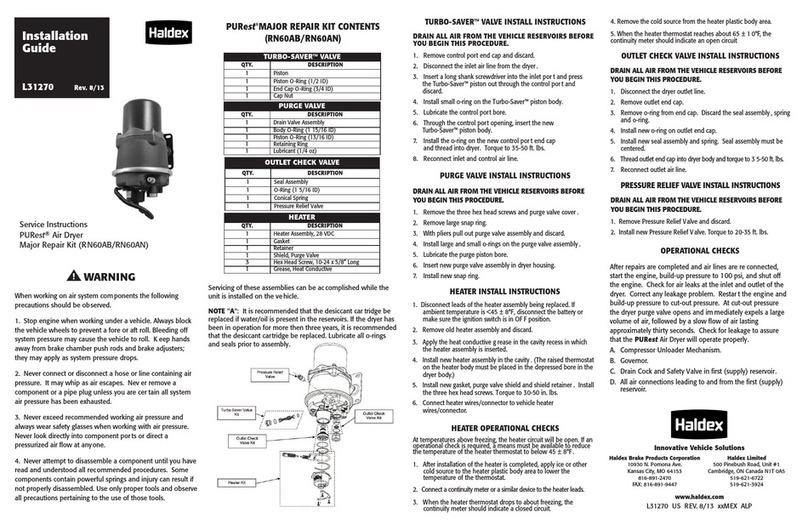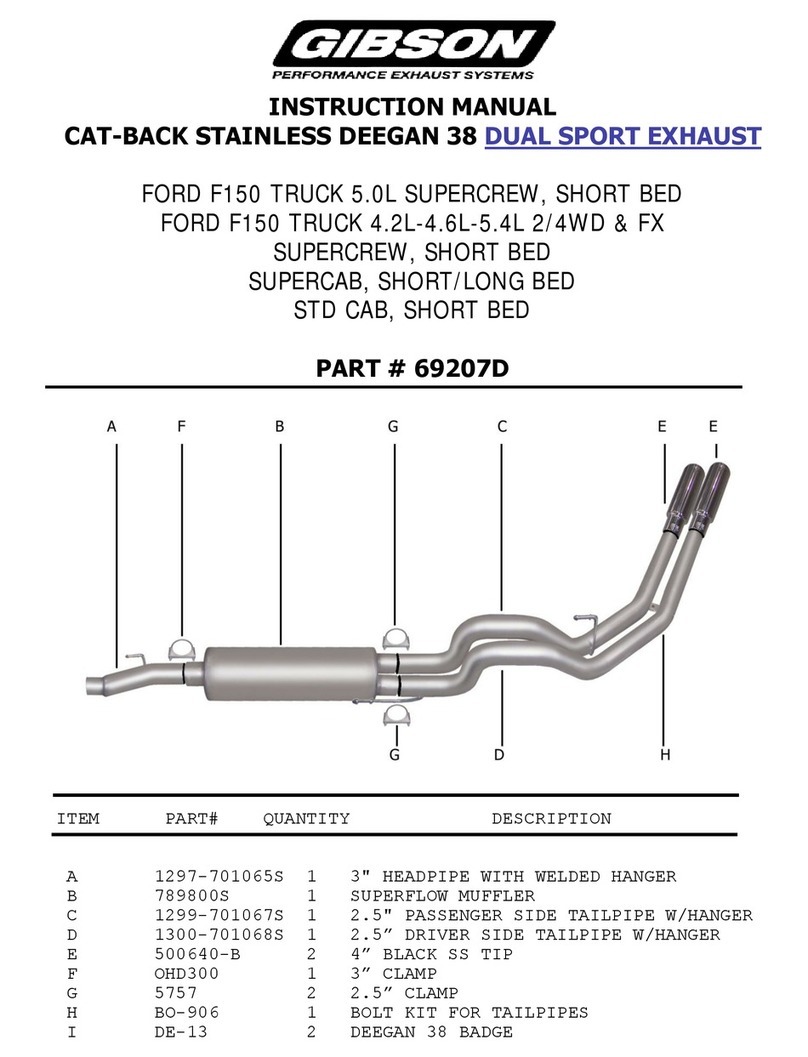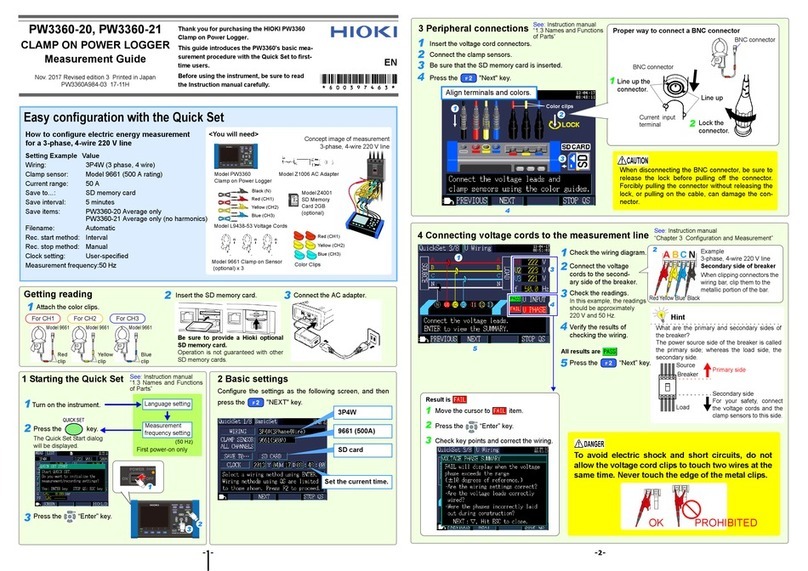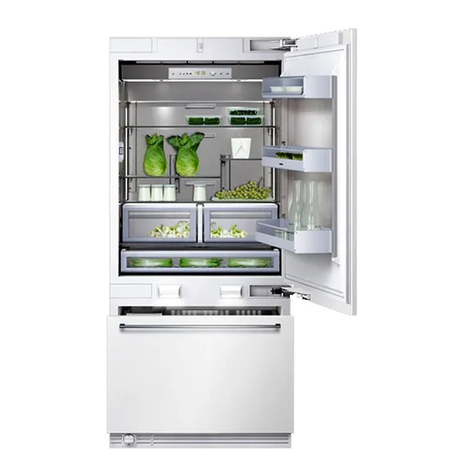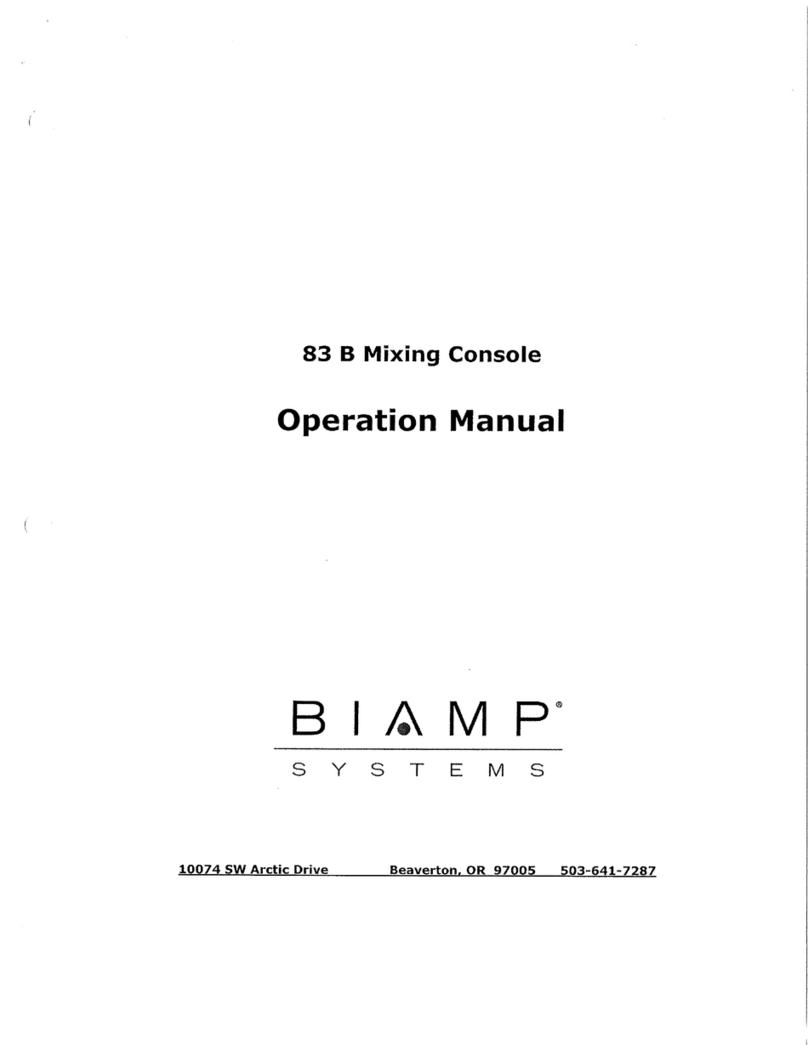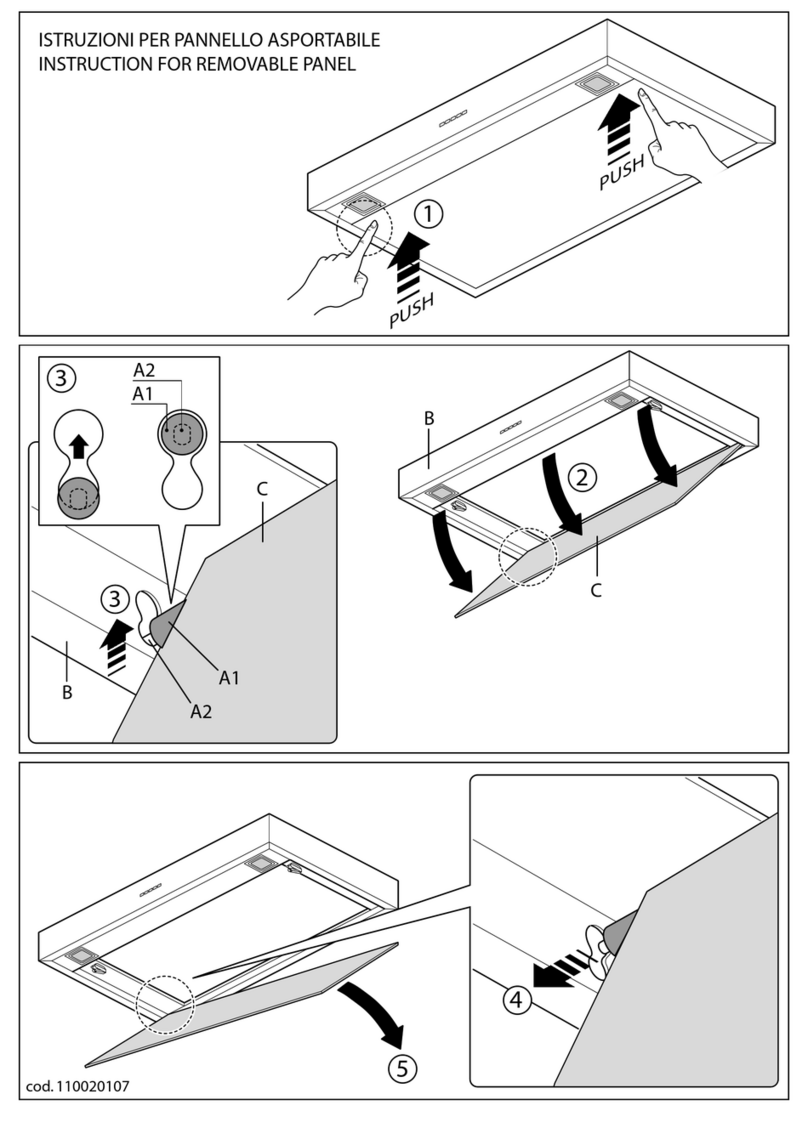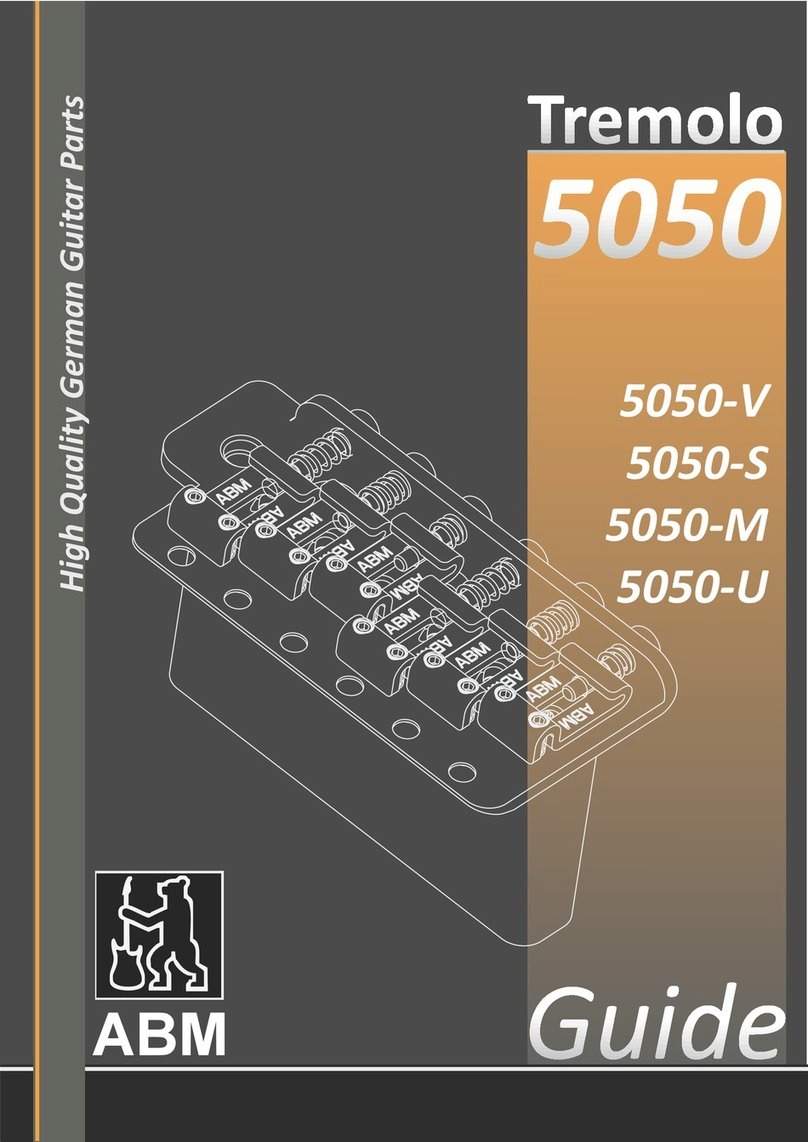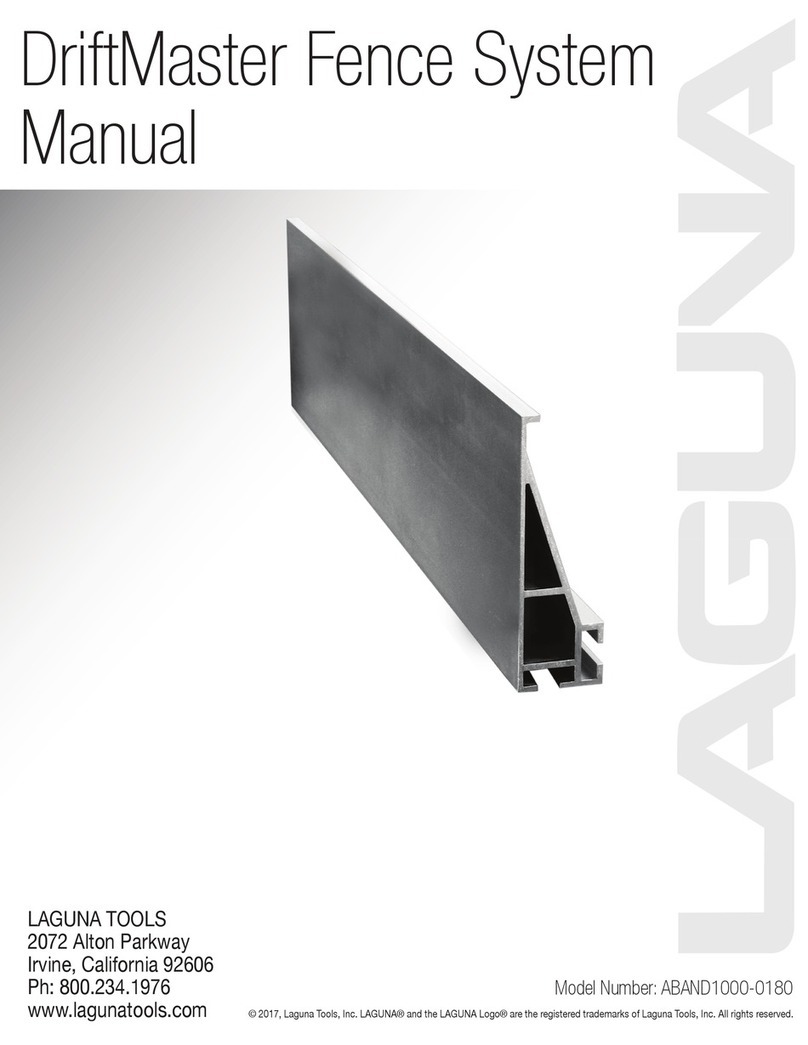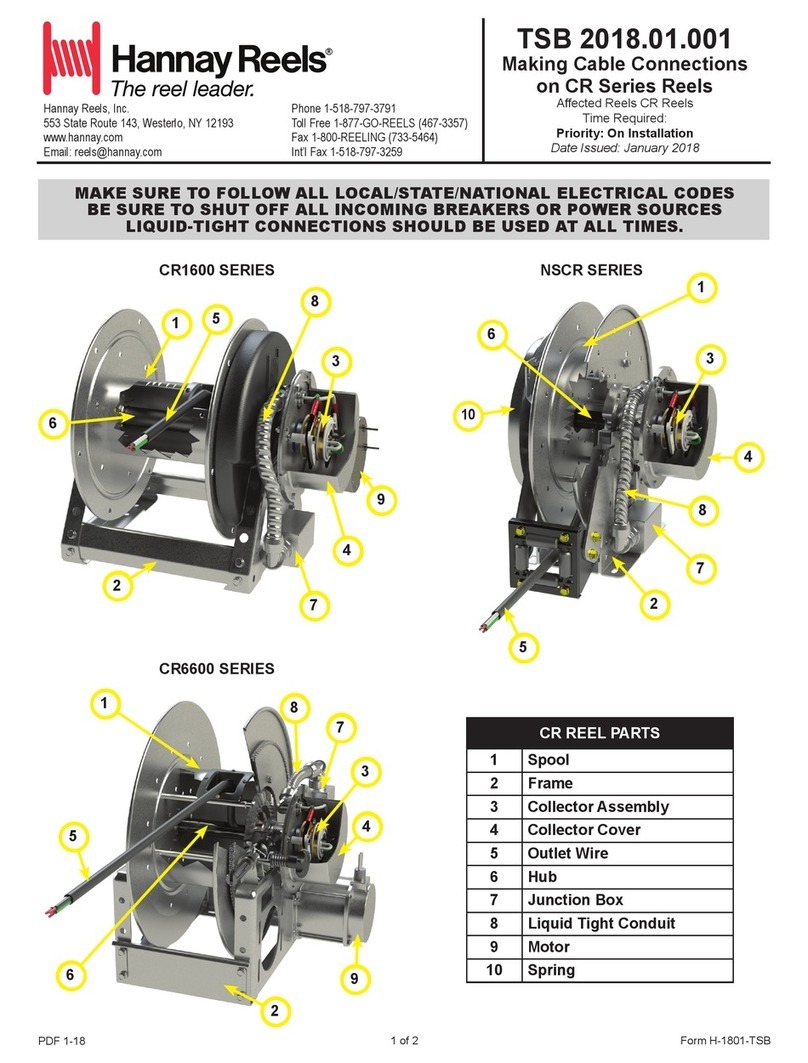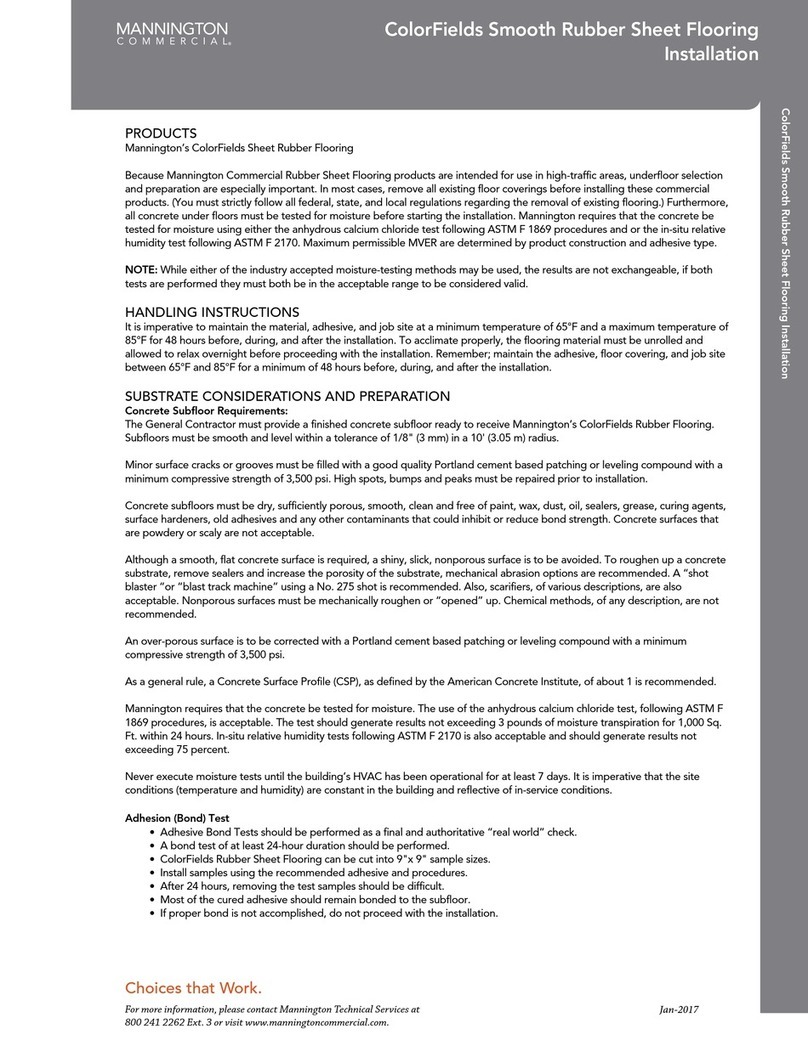Mannington Insight Plus GB Instruction sheet

GENERAL INFORMATION
General installation methods are designed to simplify the installation process by allowing the best method to be utilized
for each jobsite depending on conditions and use. In the residential and commercial application these options are loose
laid, releasable bond, and permanent bond. See page 4 for recommended use chart.
These instructions cover all installation methods of Mannington Residential and Commercial Insight®Plus GB.
All recommendations are based on the most recent available information. The information on these sheets provides
general guidelines. For complete details consult Mannington’s General Installation Guide or visit our website
at manningtoncommercial.com. These instructions and recommendations must be followed for a satisfactory installation.
The installation of Mannington Insight®Plus GB is straight forward and similar to the installation procedures that apply to all
quality resilient fiberglass backed sheet floors. Good preparation is essential for a trouble-free installation. Do not install
Mannington resilient flooring until jobsite testing and subfloor preparations are finished and the work of all other trades is
complete. Site conditions must comply with the relevant building codes and local, state and national regulations.
Documentation of Moisture and pH test results is required when processing claims.
• Mannington Insight®Plus GB is recommended for use over properly prepared concrete, suspended wood, metal and
other suitable substrates. Never install Mannington Insight®Plus GB over residual asphalt type (Cutback) adhesive as
“Bleed Through” may occur.
• Mannington Insight®Plus GB can be used with radiant heating systems (maximum subfloor surface temperature of 85° F).
• Mannington Insight®Plus GB is not suitable for external installation or unheated locations.
• Mannington resilient flooring, adhesive, jobsite and subfloor must be acclimated to a stable condition before installation.
• Following installation, Mannington Insight®Plus GB should be protected from traffic for 24 hours, point loads and
rolling traffic for 48 hours when the pressure sensitive and permanent bond methods are used.
• Mannington Insight®Plus GB flooring should remain at a temperature between 55°-85° F (13°-27° C) during its service life.
• Always follow other manufacturers’ written recommendations when using their proprietary materials for subfloor
preparation.
MATERIAL RECEIVING, HANDLING & STORAGE
1. Always store Insight®Plus GB tightly rolled, face out on a sturdy cardboard core designed for that purpose. Store the
roll horizontally and support it across the entire width. Notice the Insight®Plus GB printed pattern backing provides
important information such as product name and run date. Before starting the job, always check the flooring materials
to ensure they are the correct pattern, style, and color. Also make the sure the size and amount of the products are
sufficient to complete the installation. Inspect the material closely before installation for any visible defects.
Mannington Flooring products are manufactured to high quality standards and are carefully inspected before leaving
our facility. Occasionally, however, defects are not detected. If you notice a visible defect in the flooring product,
stop the installation and contact your local Mannington Distributor for assistance.
2. Report discrepancies immediately to Mannington Customer Service at 1-800-356-6787 (residential) 1-800-241-2262 EXT 2
(commercial) Claims for installation of products installed with visual defects or incorrect style will not be honored.
3. Store all materials in a weather-tight enclosure between 55°-90° F (13°-32° C).
4. Acclimate flooring, adhesive and jobsite to a stable condition between 65°-85° F (18°-29° C) and 50% +/- 10% RH for 48
hours before, during and after installation. Acclimate all materials onsite. Temporary heating and cooling should be used
if permanent HVAC is not operational.
JOBSITE TESTING
1. Before jobsite testing, the house/building envelope must be sealed (walls, roofing, windows, doorways etc., installed).
2. Anticipated environmental conditions must be maintained at 75°F +/- 10°F (24°C +/- 6°C) and 50% +/- 10% RH a
minimum of 48 hours before and during testing (ASTM F 710).
3. Test sites must be properly prepared and protected for the duration of testing to achieve valid results.
4. Surface Flatness for all Subfloors: The surface shall be flat to 1/8” in 10 ft (3 mm in 3 m). To check flatness, place a
10 ft straight edge on the surface and measure the gap or use another suitable method.
5. Concrete Subfloors:
a. Concrete subfloors must be finished and cured without additives, curing compounds, hardeners or surface
treatments that may prevent proper bonding of the flooring materials (ACI 302.1 and ASTM F710).
Choices that Work.
Questions about warranties? call 800 241 2262 or visit www.manningtoncommercial.com July, 2015
Insight®Plus GB
Installation Guidelines
Insight®Plus GB Installation Guidelines

b. Randomly check concrete subfloor for porosity using the drop water test. Place a 1 inch diameter drop of water
directly onto the concrete subfloor. If the water droplet does not dissipate within 60 to 90 seconds the subfloor
is considered non-porous. If the substrate is too porous apply Mannington Premium Universal Primer to render
the surface suitable for adhesive and floor covering.
c. Concrete subfloors must have a minimum compressive strength of 3000 psi.
d. Concrete subfloors shall not consist of lightweight concrete or gypsum with less than 105 lbs. /cubic foot density.
e. Moisture Testing: Perform either the preferred In-situ Relative Humidity (RH) Test (ASTM F2170) or the acceptable
Moisture Vapor Emission Rate (MVER) Test (ASTM F1869). Acceptable moisture limits must not exceed 3lbs per
1000 square feet per 24 hours 1869 or 75% per 2170.
f. Alkalinity: Must test surface alkalinity (ASTM F710). A 7.0 to 9.0 pH is acceptable. Reduce higher pH by applying
Mannington Premium Universal Primer.
6. Wood Subfloors and underlayment panels shall have the moisture content tested using a suitable wood pin meter.
Readings between the wood subfloor and underlayment pan should be within 3% and have a maximum moisture
content of 14% or less. Effective moisture control in basements and crawlspaces is essential for achieving a successful
long term installation.
MOISTURE SUPPRESSANT SYSTEM
Concrete subfloors that exceed adhesive specifications will require a Moisture Suppressant System. Due to complexities
associated with moisture vapor transmission, emissions and movement of soluble salts (alkalinity) in concrete subfloors, we do
not offer, recommend or warranty a specific solution for excess moisture in concrete slabs. However, there are many
companies that offer solutions with warranties for excess moisture in concrete slabs.
Mannington Commercial suggests that you reference the current ASTM F710, “Standard Practice for Preparing Concrete
Floors to Receive Resilient Flooring” and contact one or more of the following or other moisture suppressant system suppliers
for assistance:
Ardex (724) 203-5000 www.ardex.com
Koester American Corp. (757) 425-1206 www.koesterusa.com
Mapei (800) 426-2734 www.mapei.com
Uzin Ltd. (800) 505-4810 www.ufloorsystems.com
SUBFLOOR PREPARATION
Concrete
Careful subfloor preparation is vital for an excellent floor appearance and good sheet adhesion. The subfloor must be smooth,
firm, flat, clean, dry, and free from defects and fit for purpose. A suitable smoothing compound should be used to ensure that
no irregularities show through to the surface of the finished floor. In all cases, the subfloor must meet the moisture and pH
requirements before installation.
Below and On-grade concrete subfloors must have a suitable vapor retarder properly installed beneath the slab. Crawlspaces
and basements directly beneath the new floor installation should be maintained with a relative humidity +/- 10% of the room
relative humidity where the flooring is installed. This can be accomplished by proper ventilation and air circulation or using a
dehumidifier. Always follow other manufacturers’ written recommendations for the use and installation of their proprietary
surface preparation materials.
1. Record site conditions, test results and corrective action(s). Mannington Commercial requires written documentation of
site conditions, test results and corrective action(s) before processing claims.
2. Subfloor must be clean (free of dirt, sealers, curing, hardening or parting compounds or any substance that may stain or
prevent adhesion), smooth, flat, sound, fit for purpose, free of movement, excessive moisture and high alkalinity.
3. Slick surfaces such as power troweled concrete shall be profiled to allow for a mechanical bond between the adhesive
and subfloor.
4. Remove existing resilient floor covering, 100% traces of old adhesives, paint or other contaminants by scraping,
sanding, grinding, shot blasting or scarifying the substrate. The use of adhesive removers or solvents in the abatement
or removal of existing or old adhesives is prohibited and may void any warranty.
WARNING: ASBESTOS & SILICA - Refer to the current Resilient Floor Covering Institute (RFCI) document “Recommended
Work Practices for Removal of Existing Resilient Floor Coverings” for guidance.
Choices that Work.
Questions about warranties? call 800 241 2262 or visit www.manningtoncommercial.com July, 2015
Insight®Plus GB
Installation Guidelines
Insight®Plus GB Installation Guidelines

5. Perform corrective actions necessary for elevated moisture or high alkalinity conditions.
6. Surface Flatness for all Subfloors: The surface shall be flat to 1/8” in 10 ft (3 mm in 3 m). Bring high spots level by
sanding, grinding etc. and fill low spots. Smooth surface to prevent any irregularities or roughness from telegraphing
through the new flooring.
7. Leveling and Patching:
a. For concrete subfloors, use only high quality Portland cement based materials (minimum 3500 psi compressive
strength according to ASTM C109). Mix with water only, do not use latex. Caution: Do not lightly skim coat highly
polished or slick power troweled concrete surfaces. A thin film of floor patch will not bond to a slick subfloor and may
become a bond breaker causing tiles to release at the interface of the subfloor and patching material.
Wood
b. Wood subfloors require an underlayment (double layer construction) with a minimum total thickness of 1” (25 mm).
Use minimum ¼” (6 mm) thick APA rated “underlayment grade” plywood with a fully sanded face or other
underlayment panel that is appropriate for the intended usage. Install and prepare panels and seams according to the
manufacturers’ instructions.
c. Many times wood panel subfloors are damaged during the construction process or are not underlayment grade.
These panels must be covered with an appropriate underlayment. Underlayment panels are intended to be used to
provide a smooth surface on which to adhere the finished floor covering. It should be understood that underlayment
panels cannot correct structural deficiencies.
d. Panels intended to be used as underlayment should be specifically designed for this purpose. These panels should
have a minimum thickness of ¼”. Any panels selected as an underlayment must meet the following criteria:
• Be dimensionally stable
• Have a smooth, fully sanded face so graining or texture will not telegraph through
• Be resistant to both static and impact indentation
• Be free of any surface components that may cause staining such as plastic fillers, marking inks sealers, etc.
• Be of uniform density, porosity and thickness
• Have a written warranty for suitability and performance from the panel manufacturer or have a history of
proven performance
e. Any unevenness at the joints between panels must be sanded to a level surface. Gaps between panels, hammer
indentations, and all other surface irregularities must be filled and sanded.
8. Particleboard, chipboard, construction grade plywood, any hardboard and flake-board are not recommended as
underlayment for fully adhered installations. All have inadequate uniformity, poor dimensional stability, and variable
surface porosity. Mannington Resilient Floors will not accept responsibility for adhered installation over these subfloors.
Insight®Plus GB loose laid method can be installed over all wood and wood composition panels provided that they are
smooth, flat, structurally sound and free of deflection. This includes plywood, particleboard, oriented strand board
(OSB), flake-board and wafer board. If the surface of the subfloor is not smooth, a ¼” underlayment should be installed
over the subfloor.
In all cases, the underlayment manufacturer or underlayment installer is responsible for any / all underlayment warranties.
INSTALLATION METHODS
LOOSE LAID- RESIDENTIAL AND LIGHT COMMERCIAL
Application- Good
Up to 30 square yards and only 1 seam
The Loose- Laid is the easiest method. Using this method, Insight®Plus GB requires that the flooring be cut (1/8”to 1/4”)
away from all vertical surfaces such as walls, cabinets, pipes, or any permanent fittings, once trimmed all gaps can be covered
with baseboard and or quarter round. Under cut all door casings when possible, on metal door casings cut the flooring back
1/8” and caulk with silicone caulking. With this method the flooring should be allowed to float freely over the subfloor. Loose
laid floors can be installed over many substrates that are not suitable for fully adhered products (particle board, flake board,
lightweight concrete). One seam is allowed with this method. This non adhered installation method allows the material to
be rolled back to correct any substrate problems and is easily removed when required.
Choices that Work.
Questions about warranties? call 800 241 2262 or visit www.manningtoncommercial.com July, 2015
Insight®Plus GB
Installation Guidelines
Insight®Plus GB Installation Guidelines

RELEASABLE BOND—RESIDENTIAL AND LIGHT COMMERCIAL
Application- Better
This method is viable for concrete and most wood panel substrates in climate controlled, occupied, existing homes.
(Unconditioned wood panel substrates are not dimensionally stable and are subject to too much movement.) Check the
porosity of the subfloor and, if necessary, use Mannington’s Premium Universal Primer to prevent over absorption of adhesive.
To achieve a Releasable Bond, the MT- 711 is applied over the substrate with a 3/8 nap paint roller and allowed to dry to tack
before positioning the Insight®Plus GB into the adhesive. The Insight®Plus GB is then positioned into the dry “tacky”
adhesive, next using a clean, soft-bristle push broom, smooth the material in both directions, starting in the middle of the
sheet width and working toward the edges.
Because of the thin, dry adhesive film, this method can be used with many types of substrates including clean, lightly
embossed resilient flooring without the use of a leveler and over clean, dry and smooth OSB substrates without extraordinary
floor prep. The coverage rate of the MT-711 adhesive will be increased to approximately 300 square feet per gallon when
applied with a paint roller.
Regardless of the method Insight®Plus GB must always be trimmed back (1/8” to 1/4”) from all fixed vertical surface and
must be fit with no compression or fullness. Under cut all door casings and be certain the material is positioned true and
square in the work area.
FULLY ADHERED-RESIDENTIAL AND COMMERCIAL
Application- Best
Permanent Bond: This method is the most secure and best if there is heavy foot or rolling traffic or if the layout is complicated.
Because the Permanent Bond is achieved by placing the Insight®Plus GB into the wet-tacky MT-711 adhesive with a
1/16”x1/32”x1/32” notched trowel, the substrate must be smooth and have sufficient porosity to receive the adhesive. For
wood substrates, in most cases this requires the use of an appropriate underlayment. A concrete surface must be smoothed
using an appropriate Portland cement patching compound. Installation over existing resilient or ceramic floors requires and
embossing leveler. Additionally, the Insight®Plus should be rolled in both directions with a 50 lb., (or heavier) three section
roller.
Note: Mannington’s V-88 adhesive is an option in areas where a high moisture adhesive is needed. When installing
homogenous sheet vinyl with V-88 adhesive it is recommended to trowel the adhesive then back roll with a short-nap paint
roller to minimize the possibility of trowel ridge telegraphing. V-88 can only be used in permanent, full spread installation
method.
When used in a Commercial application all previous flooring materials must be thoroughly removed and adhesive scraped up
and cleaned before installation of the Insight®Plus GB flooring. The floor must be smooth, level, and flat.
Recommended Use Chart
Residential- R
Commercial- C
Loose Lay
Good
Releasable Adhesive
MT- 711- roller
Better
Permanent Adhesive
MT-711- trowel
Best
Spacing (Gap) at vertical surfaces 1/8”- 1/4” 1/8”- 1/4” 1/8”- 1/4”
Yardage allowed per room 30 sq yds total
R-C
Unlimited
R-C
Unlimited
R-C
Structures on flooring No
R-C
Yes
R
Yes
R-C
Seams allowed 1 per room R-C Multiple
R-C
Multiple
R-C
Rooms with Floor Drains No
R-C No R-C Yes
R-C
Bathrooms Yes
NO SEAMS R-C
Yes
R-C
Yes
R-C
Rolling Loads No
R-C
No
R-C
Yes
R-C
Pivot Points Minor moderate Yes
R-C
Flash Coving No No Yes
Choices that Work.
Questions about warranties? call 800 241 2262 or visit www.manningtoncommercial.com July, 2015
Insight®Plus GB
Installation Guidelines
Insight®Plus GB Installation Guidelines

CUTTING & FITTING
You may use pattern scribing, freehand knifing, or direct scribing techniques when installing Insight®Plus GB. The material is
flexible and will handle easily when cutting and fitting. The material must always be cut flat before final cuts are made, leaving a
1/8” to 1/4” expansion gap. Never allow the material to become twisted. Always fold the material in a wide radius to avoid
sharp kinks and creases that may cause breaks in the backing. You may flash cove Insight®Plus GB only when using the fully
adhered method.
Note: Mannington Insight®Plus GB foam backing has important printed information which identies product name and
production dates. The distinctive printed pattern is also helpful during installation while cutting in the product. The printed
arrows become useful when identifying material direction for seaming.
ONE PIECE INSTALLATION
Thoroughly clean the subfloor, sweep or vacuum to remove all dust and debris. Remove any quarter round, shoe base or wall
base, and undercut any doorways. Precut the floor covering to fit the area, allowing 2” to 4” extra length and width for fitting.
Position the resilient flooring in the room, allowing enough material to drop into offsets, closets, alcoves, etc.
Align pattern squarely in room, parallel to all walls. If the room is not square, align the pattern so the run-off is located in the
least conspicuous area. After the sheet is positioned, weight it to prevent shifting. Make relief cuts around unusual objects such
as pipes, fixtures, floor registers, etc. Make relief cuts on all inside and outside corners. Rough-cut the sheet to remove excess
material. Trim and fit the perimeter so the floor covering lies flat.
FULLY ADHERED- PERMANENT BOND
When using the Permanent Bond method, apply the adhesive with a 1⁄16” wide, 1⁄32” deep, and 1⁄32” apart notched trowel.
After trimming the material to fit the room, tube or lap it back to expose approximately one-half of the under floor; strike a
white chalk line near the fold of the material. This line provides a guide for adhesive application. Spread the adhesive, leaving
no gaps, voids, puddles, or thin spots, over 100% of the exposed under floor. Keep the trowel clean and properly notched to
maintain this uniform coverage. Immediately after adhesive application, gently position the sheet into the adhesive. Roll the
floor covering forward into the adhesive to eliminate trapping air. Do not drop or flop the material into the adhesive. Using a
50 lb. (or heavier) three-section floor roller, roll the material in both directions, starting in the middle of the sheet width and
rolling toward the edges. This process eliminates air and embeds the floor covering into the adhesive. For areas that cannot be
reached with a floor roller, use a hand seam roller.
Failure to roll the oor covering can result in the following problems:
• Lack of bond between material and underfloor.
• Telegraphing of adhesive ridges.
• Permanent indentations: when heavy items are placed on the new flooring, resulting from adhesive displacement.
Once the first half of the material is adhered and rolled, fold back the second half and repeat the procedure. When folding back
the sheet use extreme caution to prevent tearing the backing at the glue line. Also, be careful to regulate the adhesive spread
at the glue line. This will avoid an adhesive ridge left in the center of the sheet.
FULLY ADHERED - RELEASABLE BOND
When using the Releasable Bond method, apply the adhesive with 3/8” nap paint roller.
After trimming the material to fit the room, tube or lap it back to expose approximately one-half of the under-floor. Strike a
white chalk line near the fold of the material. This line provides a guide for adhesive application. Spread the adhesive, leaving
no gaps, voids, puddles, or thin spots, over 100% of the exposed underfloor. Keep the paint roller clean to maintain this
uniform coverage.
Allow the adhesive to dry, and then gently position the sheet into the adhesive. Roll the floor covering forward into the
adhesive to eliminate trapping air. Do not drop or flop the material into the adhesive. Using a clean, soft-bristle push broom,
smooth the material in both directions, starting in the middle of the sheet width and working toward the edges. This process
eliminates air and embeds the floor covering into the adhesive. For areas that cannot be reached with the broom, use a hand
seam roller.
Once the first half of the material is adhered and smoothed, fold back the second half and repeat the procedure. When folding
back the sheet use extreme caution to prevent tearing the backing at the glue line. Also, be careful to regulate the adhesive
spread at the glue line. This will avoid an adhesive ridge left in the center of the sheet.
Choices that Work.
Questions about warranties? call 800 241 2262 or visit www.manningtoncommercial.com July, 2015
Insight®Plus GB
Installation Guidelines
Insight®Plus GB Installation Guidelines

LOOSE LAID
The most critical requirement when loose laying a one piece Insight®Plus GB installation is to be certain that the material is
laying flat and positioned squarely in the room. In long drops, pull a string down a pattern line to assure that the material is
positioned squarely in the work area.
Provide a gap of between 1/8”to 1/4” around all edges of the Insight®Plus GB flooring. Undercut all of the material. Once
the Insight®Plus GB is positioned in the room, allow 15 to 20 minutes for the material to relax and lay flat before the final
trimming. Undercut all door casings so the material can be slid under these casings without “pinching” or locking material.
When fitting around in-floor forced air vents it may be nessacery to apply a narrow band of adhesive around the vent to
prevent air from being blown under the flooring.
Never secure cabinets or other permanent fixtures on top of loose laid Insight®Plus GB. Be certain that wall base and
transition strips are not fastened into Insight®Plus GB.
SEAMED INSTALLATION
When the work area requires more than one drop of Insight®Plus GB, determine the best possible placement of the seam.
If the work area requires more than one seam the Fully Adhered (either Permanent Bond or Releasable Bond) method must be
used. Fit and cut the first sheet as in a one piece installation. Weight this sheet to prevent it from shifting. Position the second
sheet in the room and align it to the first sheet for accurate pattern match. Once you have achieved pattern alignment, weight
the second sheet to prevent it from shifting.
PATTERN MATCHING
When your work area requires more than one sheet of material, provide additional length on the second and succeeding
sheets to allow for proper pattern alignment. Install Insight®Plus GB using the “Reverse” or “Do Not Reverse” method.
The printed directional arrows on the backing of the Insight®Plus GB can be helpful in determining the direction of sheet or
fill piece if needed.
“REVERSE” METHOD
“Reverse Sheets for Seaming” means turning the second sheet 180° to the first sheet. To determine the amount of additional
material required to assure proper pattern alignment when the “Reverse” method is recommended, cut the first sheet at least
3" longer than the net room requirements. Cut the second and all succeeding sheets to this length plus the length of the
pattern repeat.
“DO NOT REVERSE” METHOD
“Do Not Reverse Sheets for Seaming” means placing the opposite selvage edges together. To determine the amount of
additional material needed to align patterns in “Do Not Reverse” designs, cut the first sheet 3" longer than the net room
requirements. Cut the second and all succeeding sheets to the next multiple of the pattern repeat over the net room
dimension, providing the starting wall is the same.
SEAM CUTTING
Seaming is one of the most important aspects of resilient sheet installation. Always double-cut seams in Mannington Insight®
Plus GB with a new, sharp utility knife blade.
DOUBLE-CUTTING OF SEAMS
The most accurate method for cutting seams in Insight®Plus GB is double-cutting. In this technique, both sheets are cut at the
same time. This ensures the edges of both sheets are cut exactly the same, with no gaps or fullness. The construction of
Insight®Plus GB will not permit the product to be compressed or stretched into match. Overlap the sheets of Insight®Plus
GB and bring the pattern into an exact match. The most accurate method of maintaining the pattern grout line width is to
make the seam cut along the side of the grout line. With the sheets aligned, position the steel straightedge so it completely
covers the grout line of the top sheet. Using the straightedge as a guide, cut the length of the seam in the “shadow” of the
grout line with a utility knife. This technique will ensure that all grout lines are of the same width.
Choices that Work.
Questions about warranties? call 800 241 2262 or visit www.manningtoncommercial.com July, 2015
Insight®Plus GB
Installation Guidelines
Insight®Plus GB Installation Guidelines

Cut the seam net, not full. Do not add fullness to the cut by placing scrap under the seam. Keep the knife blade parallel to the
straightedge, at a 90° angle to the floor covering. All seams are to be double cut “dry”.
When using the FULLY ADHERED method, the sheets will be adhered up to a pre-determined dry zone, then the seam is cut
and a uniform application of MT- 711 is applied. After providing sufficient open time, carefully position the sheets into the
adhesive and roll across the seam with a hand roller.
Insight®Plus GB must be rolled flat and well bonded to the adhesive for a good seam. If the bond using the Releasable Bond
method is not sufficient, it may be necessary to re-glue the seam area with a 6” band of MT-711. If the Loose-Laid method is
used, after cutting the seam, apply a 6” band of MT-711 at the seam line, provide sufficient open time (tacky/wet), and then
carefully position the sheet into the adhesive. Use caution to prevent the sheet edges from getting into the adhesive. Roll the
seam area with a hand roller.
SEAM SEALING
All seams in Insight®Plus GB flooring must be sealed with Mannington MLG-33 two-part seam sealer. Thoroughly mix all of
Part A and Part B into the supplied VST applicator bottle. When using MLG-33 two-part seam sealer, it is necessary to mix the
entire contents of Parts A and B. Once mixed, MLG-33 cannot be saved for re-use. Check the flow of sealer through the
applicator tip on a scrap piece of material before use. If the flow is restricted, insert the cleaning wire into the tip to clear the
obstruction. Before sealing the seam, make sure the seam cut is clean, dry, and free of adhesive contamination.
Insert the plastic fin of the VST slightly back from one end of the wall and push forward to make full penetration of the fin. Use
your forefinger to apply a downward pressure on the flat, textured “head” of the VST. Gently squeeze the bottle to start the
flow of the sealer. In a slow, continuous motion, pull the applicator along the length of the seam.
You must apply seam sealer into the seam cut and leave a bead of sealer approximately 1⁄8" wide centered on the seam.
Remember, it is crucial that the seam sealer be applied to the full thickness of the floor covering from top to bottom.
To ensure a strong, tight seam, make certain there are no skips or voids along the cut. Allow seam sealer to completely dry
before walking on the seam or moving furniture over it. We recommend waiting 24 hours.
FLASH COVING
The Insight®Plus GB can be Flashed Coved when only using the permanent full spread application. Apply Mannington’s MT
711 or V-88 with a brush or paint roller. Seal all coved corners using Mannington’s MLG 33 seam sealer.
FINISHING & MAINTENANCE
Molding & Base Installation
• Protect all exposed edges of the flooring with trim or restrictive molding.
• Always use moldings and transition strips over product edges.
• Nail wood moldings into the wall and not into the floor covering.
• Use metal or vinyl transition or reducer strips where LVS meets other types of flooring and at doorways.
• Apply a bead of silicone or latex caulk around bathtubs, shower stalls, toilets, and patio doors.
JOBSITE CLEANUP
To enhance the appearance of the finished installation, it is always good practice to thoroughly clean the area before leaving.
• Sweep the floor.
• Remove all scraps and trash from the jobsite. (Leave any large pieces of flooring, rolled face-out, with the customer
for future repairs.)
• Remove any adhesive smears or residue from the surface of the flooring with a clean cloth dampened with mineral
spirits or lighter fluid.
• If possible, wait 24 hours before moving furniture or appliances onto or across the floor. Always use wood or
hardboard runways to move furniture and/or appliances, even when using a dolly. This is especially important
when using the loose laid installation method.
• Leave Mannington Maintenance and Warranty literature with the customer. These are available from your
Mannington Distributor.
Choices that Work.
Questions about warranties? call 800 241 2262 or visit www.manningtoncommercial.com July, 2015
Insight®Plus GB
Installation Guidelines
Insight®Plus GB Installation Guidelines

REPAIRS
Small Cuts
Small cuts will eventually gap open. To repair, clean any dirt from the cut and apply MLG-33 seam sealer.
Replacing Damaged Areas – Plugs
If you must replace a damaged area, follow these steps:
• Select a design element from the scrap material that matches the design to be removed from the existing resilient.
• Accurately overlay this piece over the damaged area.
• Double cut on the inside of the grout line if possible and remove the damaged piece. If the floor covering you are
repairing is installed over existing resilient flooring, be careful not to cut too deep.
• If the Insight®Plus GB was installed FULLY ADHERED, apply a thin layer of MT-711 to the back of the repair piece
and place into position. Roll with a hand roller. Apply MLG-33 seam sealer. Protect from foot traffic until sealer is
fully cured.
• If the Insight®Plus GB was installed Loose Lay, apply a thin layer of MT- 711 on the back of the repair piece as well as
under the edges of the repair area. Position the repair piece into the cut out area and lightly roll the area with a hand
seam roller. Apply MLG-33 seam sealer. Protect from foot traffic until sealer is fully cured.
Choices that Work.
Questions about warranties? call 800 241 2262 or visit www.manningtoncommercial.com July, 2015
Insight®Plus GB
Installation Guidelines
Insight®Plus GB Installation Guidelines
Table of contents
